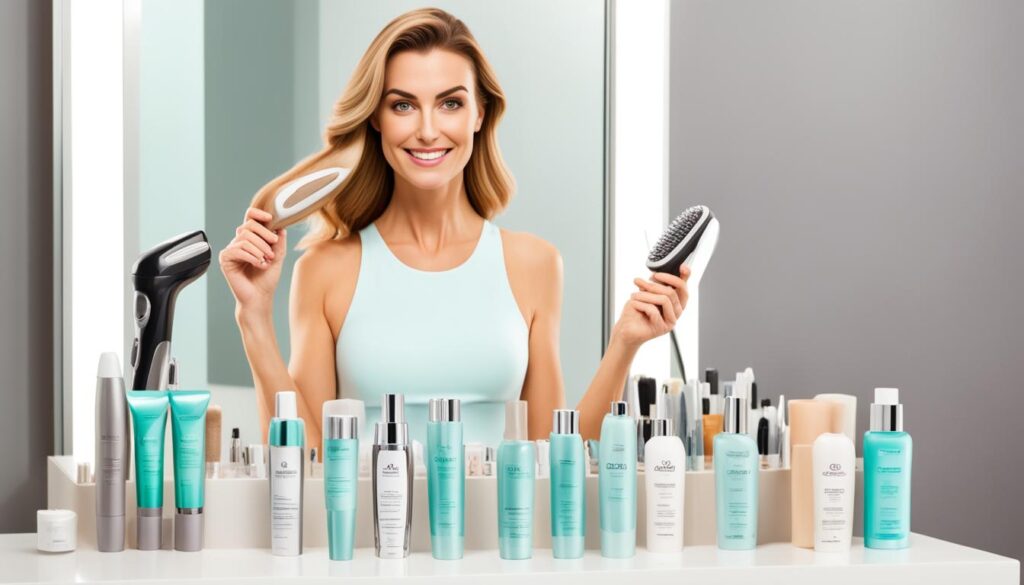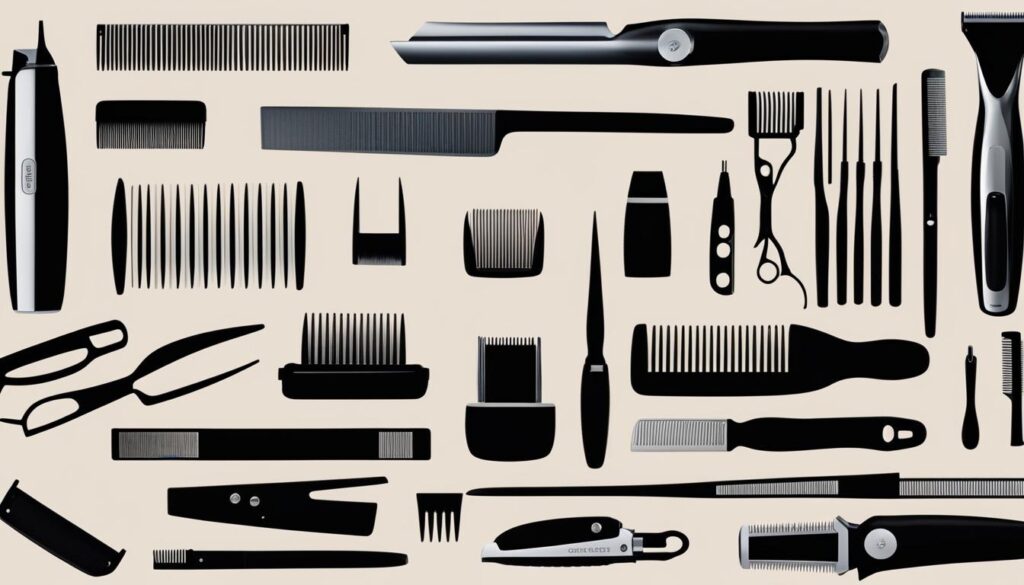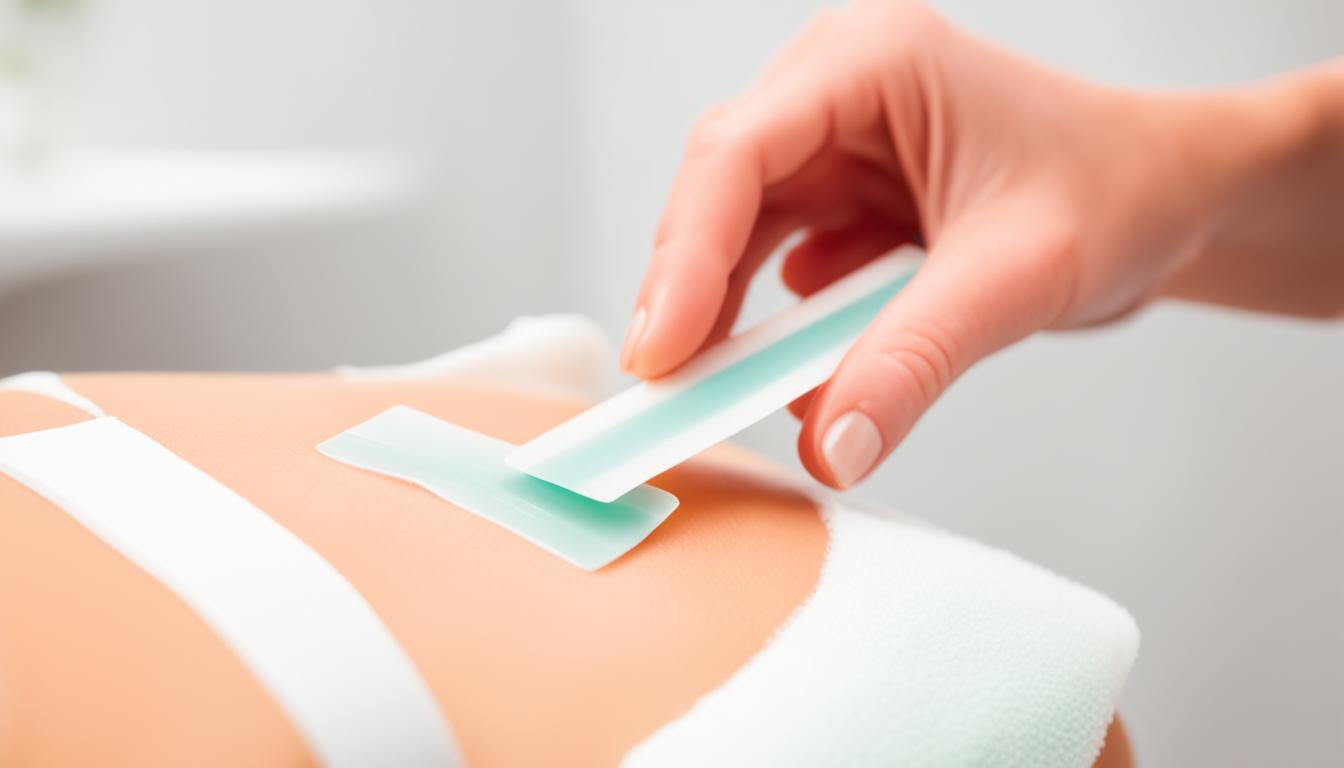Exploring Grooming Trends: Do Most Girls Remove Their Pubic Hair?
In today’s society, grooming practices have become an integral part of our personal care routines. When it comes to girls and their pubic hair, there is a wide range of practices and preferences. But just how common is it for girls to remove their pubic hair? Let’s delve into the grooming trends and find out.
A study published in the Journal of Sexual Medicine sheds light on this topic. According to the study, 95% of university students surveyed reported removing their pubic hair at least once in the last four weeks. This indicates that the majority of girls engage in some form of grooming when it comes to their intimate areas.
Shaving emerged as the most popular method, with half of the women surveyed opting for a completely bald look. However, it’s important to note that not all girls follow this trend. In a separate survey published in JAMA Dermatology, 16% of women reported not grooming their pubic hair at all. This highlights the diversity of grooming practices among girls.
Key Takeaways:
- The majority of girls remove their pubic hair, according to a study published in the Journal of Sexual Medicine.
- Shaving is the most popular method for pubic hair removal among girls.
- Despite the prevalent grooming trends, a significant percentage of girls choose not to remove their pubic hair.
- Grooming preferences and practices can vary greatly among individuals.
- It’s important for girls to make informed choices based on their own comfort and well-being.
Popular Methods for Pubic Hair Removal
In the study published in the Journal of Sexual Medicine, it was found that shaving is the most popular method of pubic hair removal among women. This method involves using a razor or an electric shaver to trim or completely remove the hair. Shaving offers convenience and can be easily done at home. However, it requires regular maintenance as the hair grows back quickly.
Another common method is waxing, which involves applying hot or cold wax to the desired area and then removing the hair by pulling off the wax strip. Waxing provides longer-lasting results compared to shaving, as it removes hair from the root. However, it can be more painful and may cause skin irritation for some individuals.
Laser hair removal is gaining popularity as a semi-permanent method of pubic hair removal. This procedure uses laser technology to target and destroy hair follicles, resulting in reduced hair growth. Laser hair removal provides long-term results, but multiple sessions are required for optimal effectiveness. It is essential to consult a professional for this procedure.
Hair removal creams, also known as depilatory creams, are another popular option. These creams contain chemicals that dissolve the hair, which can then be wiped away with a cloth or rinsed off. Hair removal creams offer a painless and quick solution, but the results are temporary, typically lasting a few days.
Each individual may have their preferred method of pubic hair removal based on factors such as convenience, effectiveness, and personal comfort. It’s essential to consider one’s skin sensitivity, desired level of permanence, and any potential allergies when choosing a method.
Quotes:
“I prefer shaving because it’s quick and easy to do at home. I don’t have to worry about scheduling appointments or spending too much money.” – Emily, 25
“Waxing gives me longer-lasting results, and I like how smooth my skin feels afterward. However, it can be uncomfortable during the process.” – Sarah, 30
Comparison of Popular Pubic Hair Removal Methods
| Method | Duration of Results | Pain Level | Cost |
|---|---|---|---|
| Shaving | 1-3 days | Minimal | Low |
| Waxing | 2-4 weeks | Moderate | Moderate |
| Laser Hair Removal | Long-term reduction | Moderate to high | High |
| Hair Removal Creams | Up to 1 week | Minimal | Low |
It’s important to note that the information in the table above is general and may vary depending on individual factors such as hair type, skin sensitivity, and treatment frequency.
Factors Influencing Pubic Hair Removal
When it comes to the grooming of pubic hair, there are various factors that influence a woman’s decision. Societal expectations and beauty standards can exert significant pressure on women to conform to a particular appearance. The societal norm emphasizes the idea of smooth, hairless skin, leading many women to remove their pubic hair to meet these expectations. Additionally, cultural norms for pubic hair removal differ across societies, with some cultures placing more importance on grooming practices than others.
Personal preferences also play a crucial role in pubic hair grooming. Each woman has her own individual taste and comfort level when it comes to the amount of hair she wants to keep or remove. Some women prefer a completely hairless look, while others may opt for trimming or maintaining a natural bush. Personal hygiene practices can also influence a woman’s grooming choices, as removing pubic hair may be perceived as more hygienic by some.
It’s important to note that societal expectations, cultural norms, and personal preferences are all interconnected, shaping the way women perceive and approach pubic hair removal. These influences are further accentuated by the portrayal of hairless bodies in the media, advertising, and pornography, which can perpetuate unrealistic beauty standards.
“Societal expectations and cultural norms significantly influence a woman’s decision regarding pubic hair removal. These factors interact with personal preferences and hygiene practices, shaping individual grooming choices.”
To provide a comprehensive understanding of how societal expectations, cultural norms, personal preferences, and hygiene practices influence pubic hair removal, let’s take a closer look at some examples:
| Societal Expectations | Cultural Norms | Personal Preferences | Hygiene Practices |
|---|---|---|---|
| Pressure to conform to a hairless appearance | Culture A – Emphasizes complete removal | Preference for a hairless look | Perception of enhanced hygiene |
| Body hair stigma | Culture B – Embraces natural hair | Preference for trimmed hair | Belief that moderation is hygienic |
| Media portrayal of hairless bodies | Culture C – No specific norms | Preference for natural hair | Belief that natural is healthier |
This table highlights how societal expectations, cultural norms, personal preferences, and hygiene practices can all interplay to shape a woman’s decision regarding pubic hair grooming. It demonstrates the diversity of grooming choices and the complex factors at play in different societies and individuals.

The image above provides a visual representation of the various influences on pubic hair removal.
By understanding these factors, we can foster a more inclusive and accepting society, where women feel empowered to make choices that align with their own preferences and comfort.
The Health Impact of Pubic Hair Removal
Pubic hair removal is not without its potential health risks. In a study published in the Journal of Sexual Medicine, it was found that 27% of women who remove their pubic hair had sustained an injury at some point, and 2.5% had required surgical intervention. These statistics highlight the physical risks associated with the practice.
Additionally, infections related to pubic hair removal can be severe. The act of removing hair can create small cuts or abrasions on the skin, leaving it vulnerable to bacterial infections. The moist and warm environment of the genitals further increases the risk of infection. Common infections include folliculitis, which causes painful red bumps or pus-filled blisters, and cellulitis, a potentially serious skin infection that spreads rapidly.
Furthermore, emerging data suggests a link between pubic hair removal and an increased risk of sexually transmitted infections (STIs) such as herpes and human papillomavirus (HPV). A study published in the British Journal of Dermatology found that women who removed all pubic hair had a higher prevalence of genital herpes and HPV infection compared to those who did not remove any hair. This suggests that the act of pubic hair removal may disrupt the natural barrier and increase susceptibility to STIs.
It is important to note that while these risks exist, they are not experienced by everyone who removes their pubic hair. Factors such as personal hygiene, grooming techniques, and individual susceptibility to infections play a role in determining the health consequences. However, it is crucial for individuals to be aware of these risks and take necessary precautions to minimize them.
Personal Experiences and Preferences
When it comes to pubic hair removal, personal experiences can vary greatly. Some women, like myself, have tried multiple methods before finding the one that works best for them. It can be a trial-and-error process, where we experiment with different techniques to find what suits our preferences and needs.
Speaking from my own personal experience, I have had both positive and negative encounters with pubic hair removal. Some methods, such as shaving or waxing, have worked well for me and provided the desired results. However, there have been instances where I have experienced skin irritation, ingrown hairs, or discomfort from certain techniques.
My personal preference for pubic hair grooming is to keep it trimmed and neat. I prefer this option because it allows me to maintain a level of hygiene without the potential pitfalls or health risks associated with complete hair removal. It’s all about finding a balance that works for me—getting rid of excessive hair while still feeling comfortable.
Of course, personal preferences for pubic hair grooming vary widely among women. Some may choose to remove all their hair for a completely smooth look, while others may prefer to trim or leave it natural. It’s important to remember that there is no right or wrong way to groom your pubic hair. It all boils down to individual choice and what makes you feel most comfortable and confident.
Personal Preferences: A Closer Look
Let’s take a closer look at some common personal preferences for pubic hair grooming:
| Preference | Description |
|---|---|
| Bare | Complete removal of all pubic hair for a smooth and hairless look. |
| Trimmed | Maintaining a shorter length of pubic hair through regular trimming. |
| Natural | Leaving pubic hair in its natural state, without any grooming or styling. |
| Designs | Creating personalized shapes or designs with trimmed or removed pubic hair. |
No matter the personal preference, it’s essential to ensure proper hygiene and take necessary precautions to minimize the risk of potential health issues. Seeking professional advice or consulting with a dermatologist can provide valuable insights and guidance tailored to your specific needs.

Conclusion
The decision to remove or keep pubic hair is a personal one, influenced by a combination of societal expectations, personal preferences, and health considerations. It’s important for girls to make informed choices and prioritize their own comfort and well-being.
When it comes to grooming trends for girls, there is a wide range of practices observed. Some girls choose to remove all their pubic hair, while others may opt for trimming or leaving it natural. The study published in the Journal of Sexual Medicine revealed that the majority of university students surveyed reported removing their pubic hair at least once in the last four weeks, with shaving being the most popular method.
However, it’s crucial to note that pubic hair removal is not without potential health risks. Injuries and infections can occur, and there is emerging data suggesting a link between pubic hair removal and an increased risk of sexually transmitted infections. Therefore, it’s essential for girls to prioritize hygiene and seek medical advice if any complications arise from grooming practices.
In conclusion, while grooming trends for girls may vary, what matters most is making an informed decision based on personal preferences and ensuring overall well-being. Each girl should feel empowered to choose the grooming method that makes her feel comfortable and confident, while also prioritizing her health and seeking appropriate medical guidance when necessary.
FAQ
Do most girls remove their pubic hair?
According to a study published in the Journal of Sexual Medicine, 95% of university students surveyed reported removing their pubic hair at least once in the last four weeks. However, grooming practices vary among girls.
What are the popular methods for pubic hair removal?
Shaving, waxing, laser hair removal, and the use of hair removal creams are common methods of pubic hair removal.
What factors influence pubic hair removal?
Societal expectations, beauty standards, cultural norms, personal preferences, and hygiene practices can influence a woman’s decision to remove her pubic hair.
What are the health impacts of pubic hair removal?
Pubic hair removal can lead to injuries, infections, and an increased risk of sexually transmitted infections such as herpes and human papillomavirus (HPV).
What are personal experiences and preferences with pubic hair removal?
Personal experiences vary, and preferences for pubic hair grooming can range from complete removal to trimming or leaving it natural.
What should girls prioritize when it comes to pubic hair grooming?
Girls should prioritize their own comfort and well-being, making informed choices and maintaining proper hygiene. Seeking medical advice is important if any complications arise.






